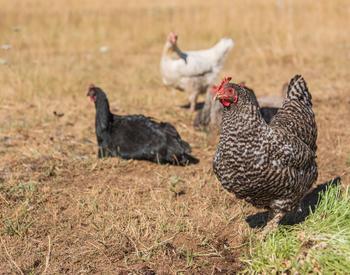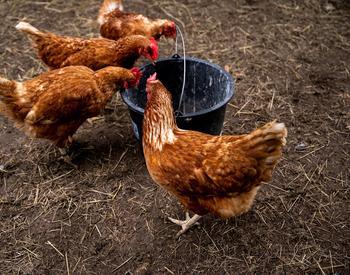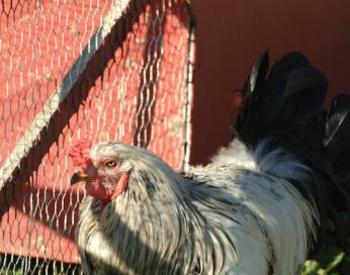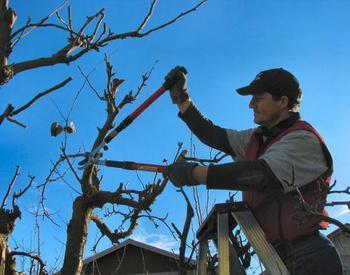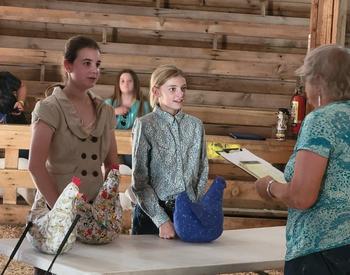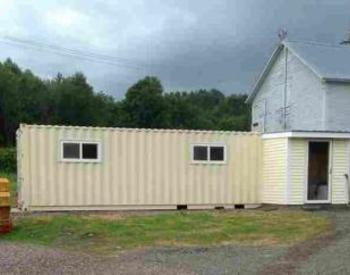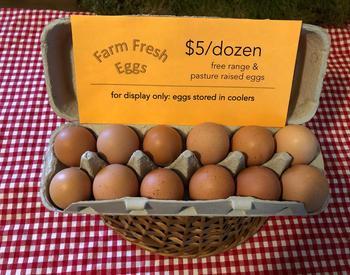Transcript
Welcome to Living on the Land, an award-winning source of useful information brought to you by your Oregon State University Extension Service. Let's talk about keeping your rabbits healthy and safe from harm. The first step is to protect them from predators. Keep your rabbits in cages that are totally enclosed. If your cages and pens don't have a top, it's easy for birds to swoop down and get an easy meal. Also, make sure their cages have strong door latches. Dogs, raccoons, and other predators can break into cages by forcing their way through simple doors. If your cage is made from wire, check to make sure there aren't any large gaps. Small animals like rats can get into cages that way and they can carry harmful diseases.
Rabbits can survive outdoors but need protection from extreme weather. For hot weather, consider using air conditioning with fans. You can also place ice bottles in the cages. In cool weather, heaters, insulation, and nesting boxes work well. Even things like drafts can cause pneumonia and other illnesses in your rabbits. So, if you plan to house your rabbits outside, install solid panels on the cage or place a box in the cage that faces away from the draft. Raising rabbits in an enclosed structure can make it easier to control the temperature and keep predators away. But keep in mind, that your rabbits will still need ventilation to get fresh, clean air. For more information on raising rabbits for meat, contact your local OSU Extension Service Agent or the ARBA.
In this episode of "Living on the Land," we learn essential tips for keeping rabbits healthy and safe. The discussion covers predator protection, emphasizing fully enclosed cages with secure latches and wire gaps prevention. Weather considerations are addressed, offering solutions for both hot and cold conditions. Whether using air conditioning or insulation, the episode provides practical insights to safeguard rabbits from extreme weather. Additionally, the importance of proper ventilation, even in enclosed structures, is highlighted.
This is from the Living on the Land series. Download the related PDF - Living on The Land: Raising Rabbits for Meat—Managing Animals' Health
The phrase “Living on The Land” is used with permission from Living on The Land Stewardship for Small Acreage, © 2008, UNCE/WSARE.
